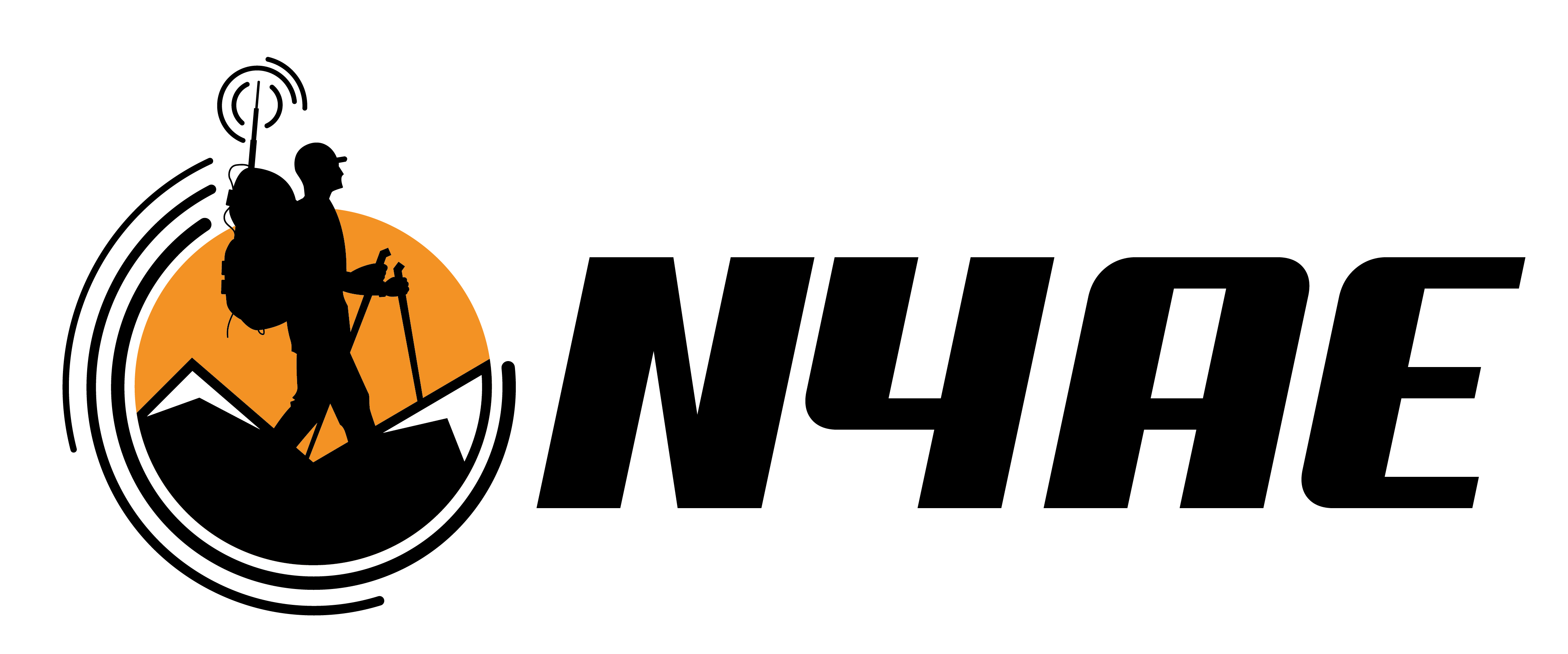My Jeep Portable Ham Radio Station
Like many Jeep owners, my Willys Unlimited 4×4 spends a lot of time in the backcountry. Whether it’s camping, kayaking, or urban offroading; there are very few weekends where we’re not earning points Jeeping.
Amateur radio is part of our gear. There are times when cell service is unreliable, trails are unpopulated, or we intentionally move off the grid. The Willys offers us an opportunity to expand our use of amateur radio as part of our leisure activities.
Concept of Operation
This radio station is designed for two purposes.
- Serve as a Portable Base Station for Backcountry Activities
- Be a Reliable Communication Platform During an Emergency
Radio Station Requirements as a Portable Base Station
Through trial and error using handheld radios, we believe UHF frequencies propagate best in thick, wooded terrain. As a result, we use UHF to communicate in camp and on hikes.
For service as a Portable Base Station, the station should operate in the UHF amateur bands. In this application, however, high power is not as important. Our five-watt handheld radios have limited range. If the base station transmits with far more than 10 watts, effective two-way communication would be less reliable.
Radio Station Requirements During an Emergency
The radio station must work in a variety of physical environments and conditions. Here in the Midwest, the climate has large seasonal temperature differences, with hot and humid summers and cold winters. Precipitation is well-distributed throughout the year. Flooding, tornadoes, and drought are common natural disasters.
To be a Reliable Communication Platform During an Emergency, the station should operate on as many amateur radio bands as possible. The radio should also be high power by portable radio standards, such as 100 watts below 30 MHz, 50 watts on 144 MHz and 35 watts on 440 MHz.
Voice communication is a prerequisite. The station also should be capable of digital communication, if possible, because digital is more reliable in poor atmospheric conditions or low power situations.
Equipment Overview
Based upon these considerations, here is the equipment I use in my Jeep Portable Ham Radio Station.
- Yaesu FT-857D Ultra Compact HF/VHF/UHF Transceiver
- Tarheel Little Tarheel II Mobile Screwdriver Antenna
- Diamond SG-7500 VHF/UHF Dual Band Mobile Antenna
- JT Communication TuneMatic Lite Motorized Antenna Controller
- Yaesu MLS-100 Mobile Speaker
Two Is Better Than One
A quick word on my choice of two antennas rather than one. The Yaesu ATAS-120 is an antenna system designed specifically to work with the FT-857D across all bands. Its operation requires a duplexer, which introduces signal loss. A portable station such as this one cannot afford to lose power because vehicle-mounted radio equipment (particularly on HF) have their own unique problems when compared to a base station in a home.
By choosing two antennas, I have reduced signal loss. More importantly, I have better quality antennas that are designed for those frequencies.
This is a point engineers can argue until the cows come home. I stake my claim here.
Looking for More Jeep Portable Installation?
There is very little information on the Internet on how to install ham radio equipment in Jeep Wranglers. Even less for HF installs.
My series on Outfitting a Jeep JK Unlimited for Ham Radio is a multi-part series that takes you through the entire installation process. The series covers everything from electrically bonding the vehicle to improve antenna performance to snaking cable through the rear cargo door.
I don’t claim to have all of the answers; I just document what I’ve done so it might help you.



















